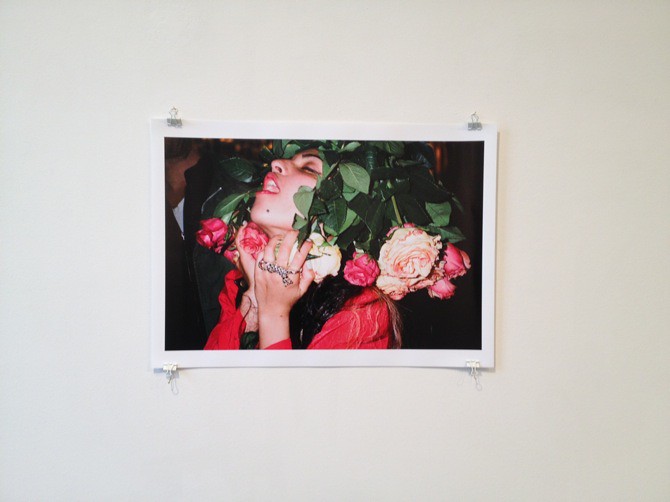
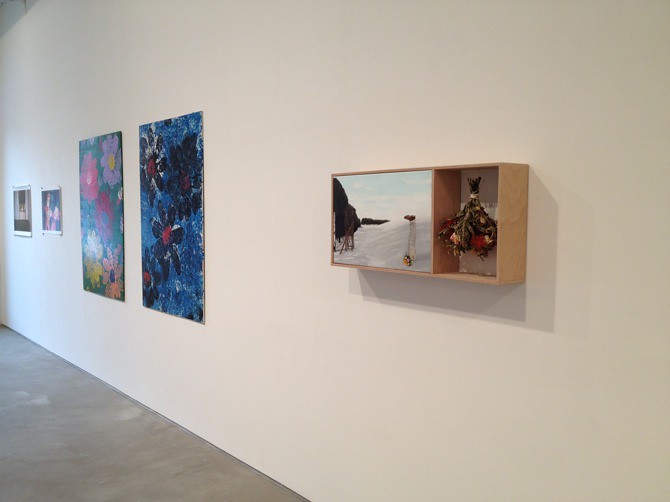
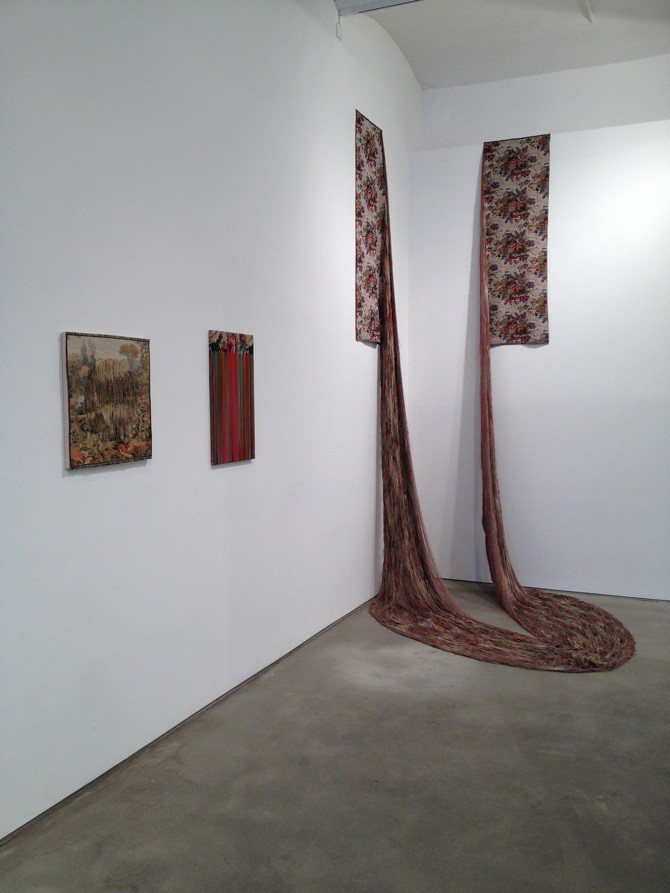
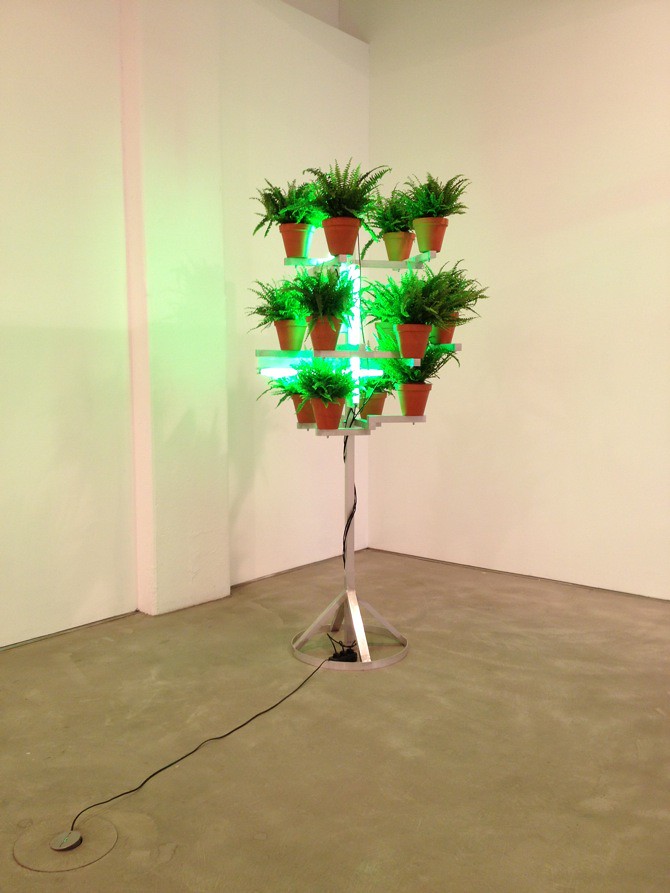
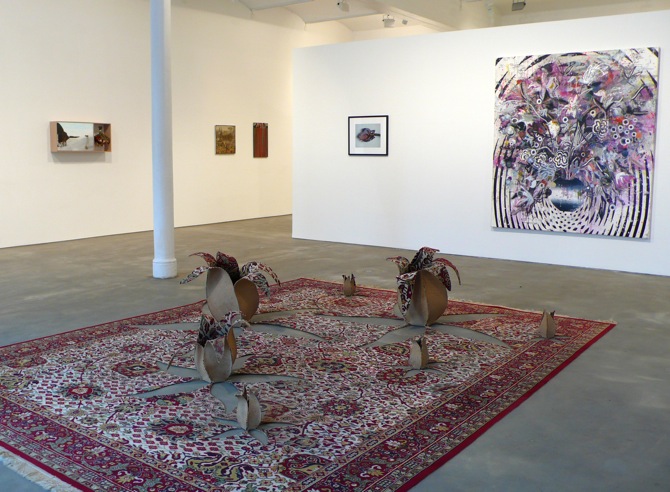
From the top: Photo by Maxime Ballesteros; two larger paintings by Robert Lucander (l.) / painting installatio by Lars Bjerre (r.); three fabric works by Aiko Tezuka; light sculpture by Søren Jensen, carpet by Eva Steen Christensen / light painting by Christian Achenbach; images by artfridge and Galerie Mikael Andersen, courtesy Galerie Mikael Andersen, Berlin
It comes as a surprise when a contemporary art gallery announces that they will present a show about flowers. Flowers got unpopular - really unpopular - at least in the western art world. While up-and-coming Iranian artists like Mahmoud Bakhshi Moakhar use the tulip in regard to its symbolic value of revolution, flowers vanished into a dark corner between house-wife-art and decoration in the western art. But why did that happen? Are there still possibilities to involve the motif in the contemporary or is it already a lost battle? Has there actually ever been a battle? In their current show "Blumen/Flowers/Blomster" Galerie Mikael Andersen in Berlin questions the flower-cliche and tests its relevance with 21 contemporary positions.
Obviously, flowers never disappeared from textiles - a material that appears in various versions in the exhibit: Eva Steen Christensen placed a giant Arabian carpet in the middle of the main gallery space and cut leaf patterns in the shape of blossoms out of the fabric. By moving them up, she creates buds bursting out of the flooring. The co-existence of destruction and construction, or rather construction through destruction, is also apparent in the three pieces by Aiko Tezuka. Her main work, a large piece of floral fabric, has been ripped in two pieces, while the long and colourful threads still expose the process of rupture. Luzia Simons created a scanogram, which is a technique often used to create silk prints for fabrics, of dark and half decayed tulips.
The process of decay and the ephemerality, are perhaps the most popular connotations with flowers within the arts. Fleeting beauty and vanishing opulence are also subjects in an installation by Lars Bjerre, who placed a small scenic painting and a dried flower bouquet inside a wooden construction. Similar to a memorial, the dried flowers resemble those in the painting and act as an artifact for a forgotten memory. While the process of decay has already taken place here, Paula Doepfner wants the visitor to witness the transformation. A frozen flower is surrounded by ice that slowly melts during the exhibition and eventually disrobing the blossom underneath. The eroticism involved in the the melting process of the ice is played out quite differently in Maxime Ballesteros orgiastic party-snapshot, which shows a woman who strikes a pose under dozens of roses.
While they might have very different connotations now, compared to earlier times in the history of art, flowers do not necessarily need to be stigmatised. Søren Jensen found perhaps the most conceptual and similarly contemporary approach to the complicated sujet. He re-contextualised a lamp and a couple of fern plants into a clean light sculpture. After all, there might still be a place for flowers in the contemporary - even if they lost their blossoms.
BLUMEN / FLOWERS / BLOMSTER
including works by Christian Achenbach, Nobuyoshi Araki, Maxime Ballesteros, Lars Bjerre, Fritz Bornstück, Uwe Boschen, Eva Steen Christensen, Jesper Christiansen, Paula Doepfner, Erik A. Frandsen, Philip Grözinger, Julius Hofmann, Søren Jensen, Robert Lucander, Karin Lorentzen, Luzia Simons, Lucy Teasdale, Aiko Tezuka, Elisabeth Toubro, Elmar Vestner, Kathrine Ærtebjerg
GALERIE MIKAEL ANDERSEN BERLIN
Pfefferberg, Haus 4
Christinenstrasse 18/19
10119 Berlin
Opening hours: Tue-Sat 12-6 pm
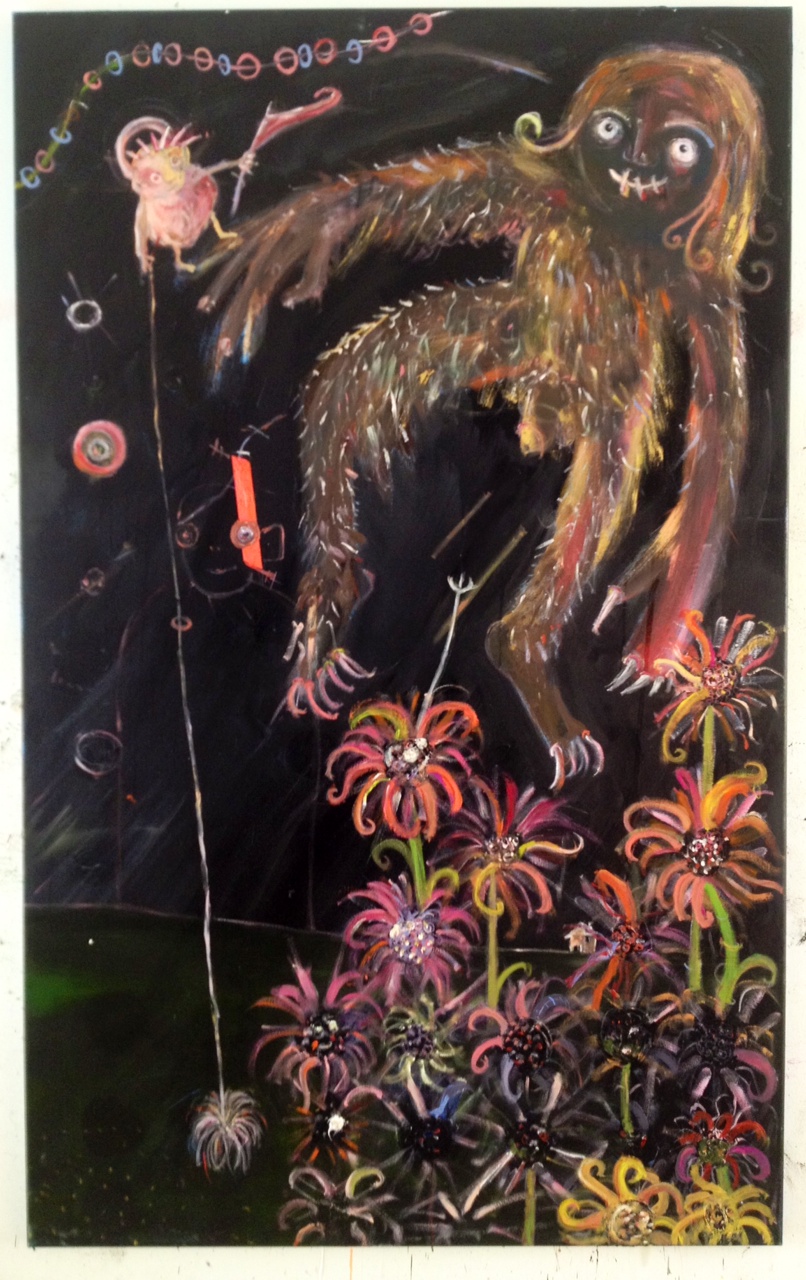

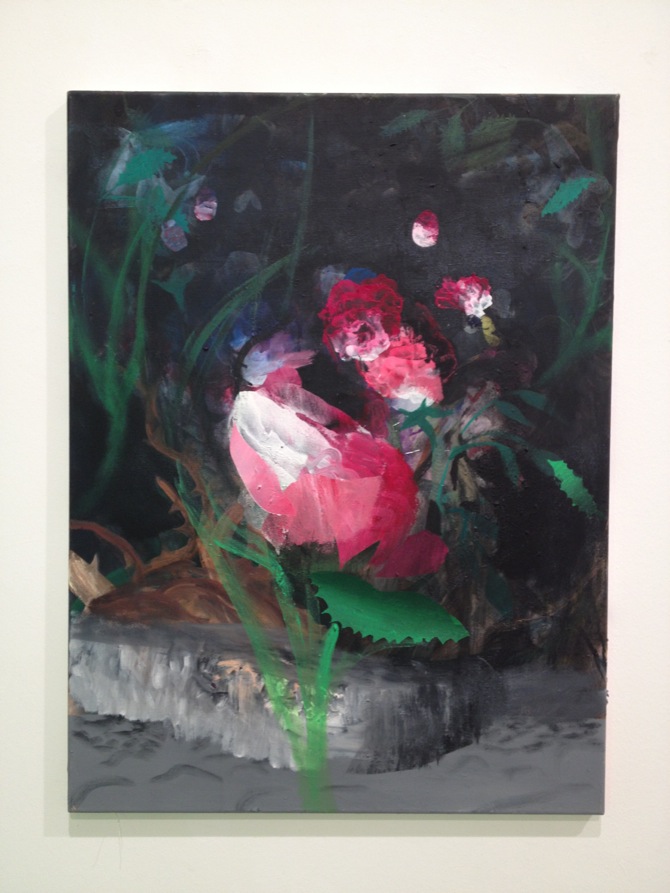

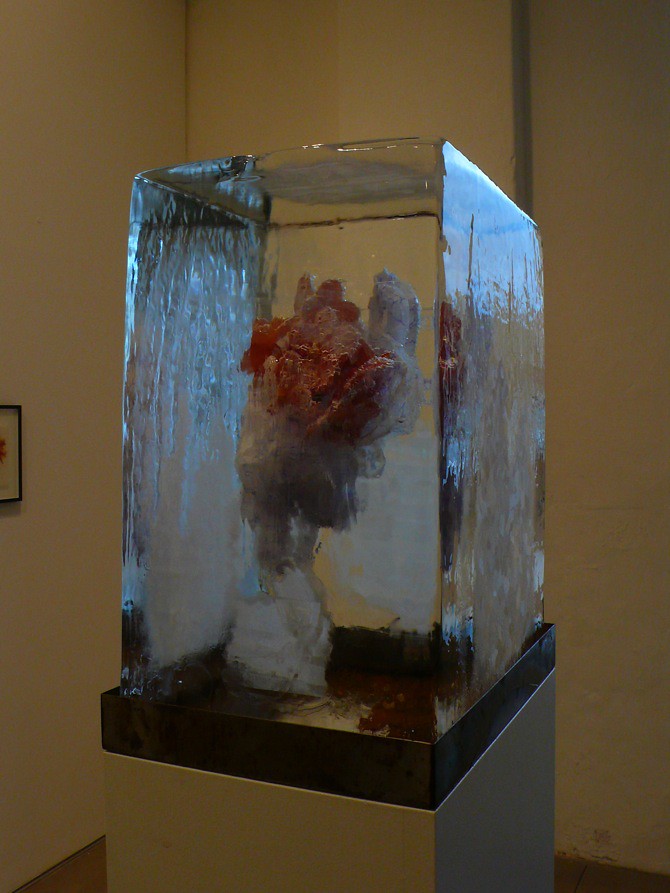
from the top: Painting by Philip Grözinger; painting by Fritz Bornstück (l.) / glass piece by Paula Doepfner (r.); painting by Julius Hoffmann; scanogram by Luzia Simons; ice sculpture by Paula Doepfner; images by artfridge and Galerie Mikael Andersen, courtesy Galerie Mikael Andersen, Berlin
